This article was medically reviewed by Luba Lee, FNP-BC, MS and by wikiHow staff writer, Jennifer Mueller, JD. Luba Lee, FNP-BC is a Board-Certified Family Nurse Practitioner (FNP) and educator in Tennessee with over a decade of clinical experience. Luba has certifications in Pediatric Advanced Life Support (PALS), Emergency Medicine, Advanced Cardiac Life Support (ACLS), Team Building, and Critical Care Nursing. She received her Master of Science in Nursing (MSN) from the University of Tennessee in 2006.
There are 21 references cited in this article, which can be found at the bottom of the page.
This article has been viewed 7,119 times.
High levels of acid in your mouth can erode the enamel on your teeth, leading to cavities and other dental problems. If you're concerned about your mouth acidity, work to decrease the acid in your diet as well as protect your teeth from the dangers of acidic foods and drinks. Measuring the pH levels in your saliva can tell you whether your mouth is particularly acidic. If your mouth acidity levels don't improve after making dietary adjustments and taking protective measures, bring it up with your dentist and find out what they recommend.[1]
Steps
Decreasing Acid in Your Diet
-
1Keep a food diary for at least 2 weeks. Write down the time, amount, and type of food that you eat each day. This allows you to clearly see exactly what you're eating so you can later determine what foods are causing the acidity in your mouth.[2]
- Write down the food you eat in your food diary as you go, rather than waiting until the end of the day. It's possible you could forget something if you wait until later, and then your food diary won't be as accurate.
- You might want to download a smartphone app to help keep your food diary, especially if you normally have your smartphone with you — that way, you won't forget to write things down as soon as you eat them. Some of these apps are free, while others require a monthly subscription.
Tip: Eat as normally as possible during the time that you keep your food diary. You may be inclined to try to eat healthier foods or cut back on snacks and sweets when faced with the prospect of recording them. However, an accurate picture of what you usually eat will best serve your goal of reducing the acidity in your mouth.
-
2Label foods you eat regularly that are highly acidic. You can find lists of the acid contents of foods online and compare them to the foods you've written in your food diary. As a general rule, foods and drinks that are sour, citrus or citrus-flavored, or carbonated are typically acidic.[3]
- Soft drinks, even those that are "diet" or "sugar-free," are still highly acidic because of the carbonation.
- Processed sugary foods as well as high-glycemic foods, such as white bread, doughnuts, and potatoes, are also very acidic.
- Tomatoes, dried fruits, and citrus fruits are highly acidic. However, the acidity typically isn't as much of a problem if you eat them as part of a balanced meal, rather than by themselves.
- Whole foods are better to eat than processed foods because acids are frequently added to processed foods. This can make a food acidic that normally wouldn't be.[4]
Advertisement -
3Limit consumption of acidic foods and beverages. Some acidic foods are healthy and include nutrients your body needs. However, you can still reduce your consumption and get your vitamins and minerals from other, less-acidic sources.[5]
- Generally, it's a good idea to eliminate soft drinks from your diet completely. They don't have any nutritional value, have a dehydrating effect, and also increase the level of acid in your mouth.
- Sour candies can be as acidic as battery acid and can cause significant erosion to the enamel of your teeth over time. Even if you enjoy the flavor, try to eat them only rarely.
- Even though drinking water with lemon has health benefits, it can increase the acidity in your mouth and damage tooth enamel.
Tip: If you take Vitamin C, choose a variety that is swallowed rather than chewed if you want to reduce the acid levels in your mouth.[6]
-
4Talk to your dentist about foods that could damage your teeth. If you're concerned about the acidity of your mouth or the erosion of your enamel, bring it up with your dentist. Show them your food diary so they can identify foods that might be causing you problems.[7]
- Your dentist may also have other recommendations that can help you get your mouth acidity under control and better protect your teeth. Follow any advice from your dentist to keep your mouth in its best health.
Protecting Your Teeth
-
1Consume acidic foods with whole meals. If you eat acidic foods as part of a meal, instead of by themselves, less-acidic foods can help neutralize the acid. Additionally, eating acidic foods in conjunction with others ensures that less acid remains in your mouth after you're done eating.[8]
- For example, if you like tomatoes (which are acidic), you might add them to a salad that included greens and cheese to balance out the acid.
- Bananas, bread, avocado, and broccoli are also low-acidic foods that can balance out the acid in more acidic foods such as tomatoes, berries, and citrus fruits.
- Avoid holding acidic foods or beverages in your mouth longer than necessary. Simply swallow a drink rather than swishing it around in your mouth.
- Because milk and other dairy products have a neutral pH, they can help neutralize any acids in other foods and drinks you might be consuming at the same time.[9]
- Avoid sipping sugary drinks in between meals.
-
2Chew sugarless gum to keep up a healthy flow of saliva. Chewing gum increases your production of saliva, which will naturally neutralize and wash away acids in your mouth. However, since sugar can also damage your teeth, choose a sugar-free variety.[10]
- Some gums are recommended by dental associations, such as the ADA (American Dental Association). Look on the package for a seal of approval.
- If you're taking medication for acid reflux or other stomach problems, you may also have dry mouth, which can contribute to mouth acidity since you aren't producing enough saliva to wash away the acids in your mouth.[11]
-
3Try oil pulling to clean out your mouth. You can use any type of vegetable or coconut oil for oil pulling. Right when you wake up and before you eat, take 1 tablespoon (15 ml) of the oil and slowly swish it around in your mouth. Work the oil between your teeth for 15–20 minutes. Spit the oil into a trash can and rinse your mouth out with clean water or a saline solution.[12]
- The oil will neutralize the acids in your mouth and help clean your mouth.
- Don’t spit the oil down your sink since it could solidify and clog your pipes.
-
4Wait an hour after eating acidic foods to brush your teeth. Generally, your saliva will wash away much of the acids in your mouth after you've eaten acidic foods as well as re-harden the enamel on your teeth. Brushing your teeth will help remove the acid that your saliva may have missed.[13]
- Use a soft-bristled toothbrush to avoid causing further damage to your enamel. Avoid abrasive kinds of toothpaste, including charcoal toothpaste and whitening toothpaste, which can also damage your enamel.
- It's also a good idea to rinse with a fluoride mouth wash before brushing your teeth to neutralize the acid in your mouth. This keeps the acid from causing further damage to your teeth as you brush.[14]
Tip: Look for dental products that contain "stannous fluoride," an ingredient especially helpful in combatting enamel erosion.
Measuring the pH of Your Saliva
-
1Buy pH test strips online or at a discount store. Test strips allow you to measure the pH of your saliva. Since they're used in pools, restaurants, and other settings, you can find them in a variety of department and discount stores.[15]
- Test strips come in different ranges of measurement. However, since you're testing your mouth acidity, you don't have to be too worried about the upper ranges. As long as the strips test a pH from 0 to 7.5 or 9 they'll work for your purposes.
-
2Wait at least 2 hours after eating or drinking to test your saliva. Leave enough time between eating or drinking for your mouth to return to its natural state. Otherwise, the reading you get will be the acidic reading for the food or drink, not your mouth.[16]
- If you're concerned about not eating or drinking for that long, do the test first thing in the morning, before you brush your teeth.
-
3Spit a sample of your saliva into a small cup or saucer. You don't necessarily need a large volume of spit, but you do need enough to thoroughly wet the test strip. If you spit on a saucer or small cup several times, you should have enough for your sample.[17]
- If you have a hard time bringing up enough saliva, rub a piece of gauze over the inside of your bottom lip. This should generate saliva to soak the gauze. You can then press the test strip on the gauze.
-
4Dip the pH strip into your saliva for at least 10 seconds. You may see results as soon as you dip the strip in your saliva. However, it typically takes about 10 seconds to get final test results[18]
- Read the package of the test strips you bought and follow the instructions there. Some test strips may take longer to develop than others.
-
5Compare the color of the strip to a pH scale. Typically, there will be a pH scale on the package of the test strips you bought. You can also find one online. The colors are typically the same regardless of the brand of strips you buy.[19]
- Your saliva should be neutral, which would be a pH ranging from 5 to 8. If you see a pH between 1 and 4, that indicates that you have acidic saliva.
-
6Measure several times a day to monitor mouth acidity. If you're concerned about mouth acidity, use multiple tests to monitor the acidity of your saliva throughout the day. That can help you determine how the food you eat might be affecting the level of acid in your saliva and throughout your mouth.[20]
- Use your pH test results in conjunction with a food diary to determine what foods are potentially increasing the level of acid in your mouth. This can help you further adjust your diet to reduce the acidity of your mouth.
Tip: There are free smartphone apps, such as PH2OH, that you can use to record the pH of your saliva so you can share it with your dentist as part of your ongoing dental treatment plan.[21]
Warnings
- If you're being treated for gum disease or other oral conditions, your dentist might recommend that you use a mouthwash with chlorhexidine. Chlorhexidine can increase the amount of acid in your saliva. If you're concerned about your mouth acidity, discuss this with your dentist.[22]⧼thumbs_response⧽
References
- ↑ https://www.betterhealth.vic.gov.au/health/conditionsandtreatments/dental-erosion
- ↑ https://familydoctor.org/nutrition-keeping-a-food-diary/
- ↑ https://www.mouthhealthy.org/en/az-topics/e/dietary-acids-and-your-teeth
- ↑ https://www.betterhealth.vic.gov.au/health/conditionsandtreatments/dental-erosion
- ↑ https://www.tompkinsdental.com/blog/7-simple-ways-to-make-saliva-more-alkaline-and-less-acidic
- ↑ https://www.mndental.org/files/Pucker-Up-5.pdf
- ↑ https://kidshealth.org/en/teens/teeth.html
- ↑ https://www.fisherpointedental.com/drinks-foods-neutralize-acids-in-your-mouth/
- ↑ https://health.clevelandclinic.org/does-milk-help-with-spicy-food/
- ↑ https://www.ncbi.nlm.nih.gov/pmc/articles/PMC3556288/
- ↑ https://www.nhsinform.scot/illnesses-and-conditions/mouth/dry-mouth
- ↑ https://www.ncbi.nlm.nih.gov/pmc/articles/PMC5198813/
- ↑ https://phc.amedd.army.mil/PHC%20Resource%20Library/DentalErosionMar10.pdf
- ↑ https://www.nhs.uk/conditions/fluoride/
- ↑ https://www.mndental.org/public/educational-activities/lab-experiments/
- ↑ https://www.ncbi.nlm.nih.gov/pmc/articles/PMC6102436/
- ↑ https://www.rdhmag.com/patient-care/article/14173241/spit-matters-collecting-critical-data-in-the-quest-for-oral-homeostasis
- ↑ https://www.ncbi.nlm.nih.gov/pmc/articles/PMC3874545/
- ↑ http://chemistry.elmhurst.edu/vchembook/184ph.html
- ↑ https://www.education.com/science-fair/article/how-does-diet-affect-pH/
- ↑ https://www.dentistryiq.com/dentistry/article/16352561/saliva-technology-and-all-that-jazz
- ↑ https://www.sciencedaily.com/releases/2020/03/200324131851.htm

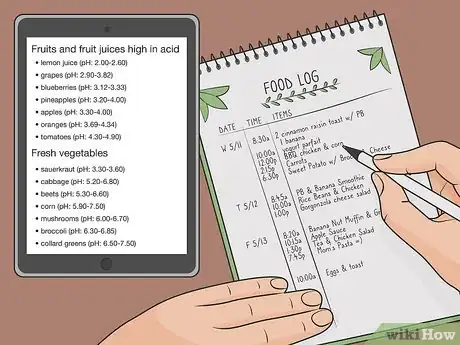
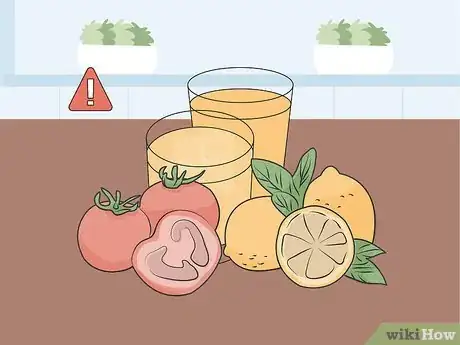

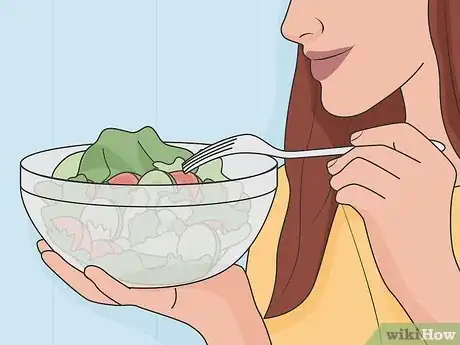
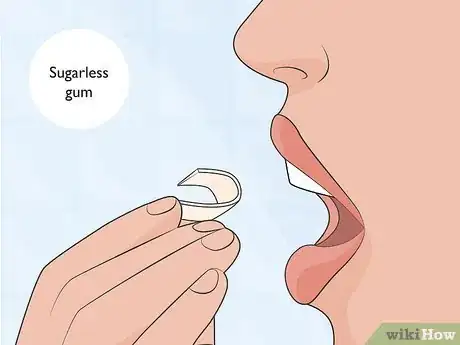
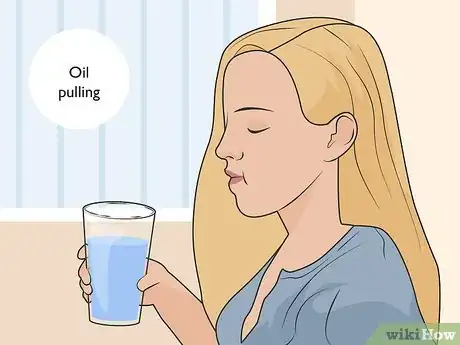

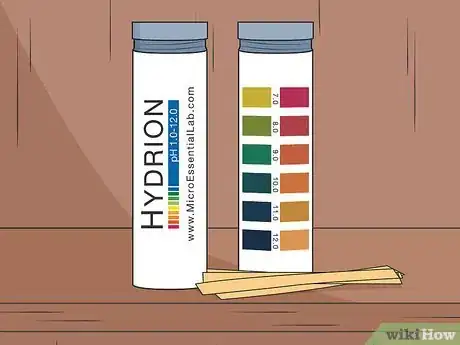
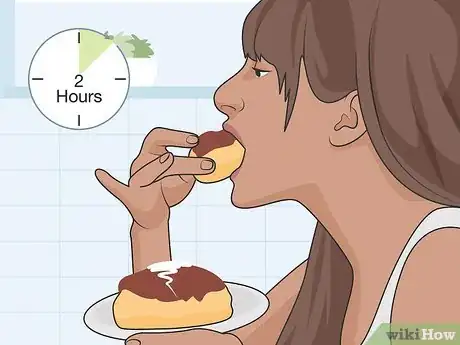

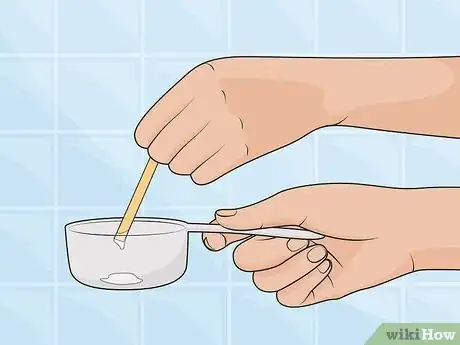
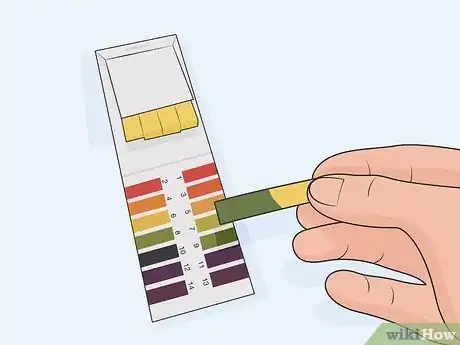
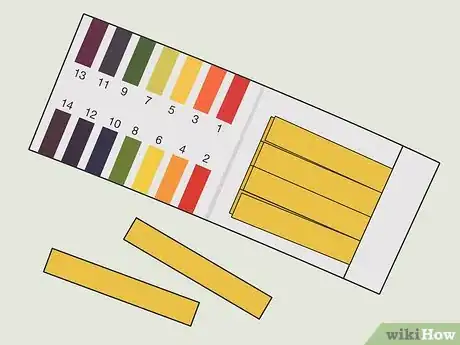

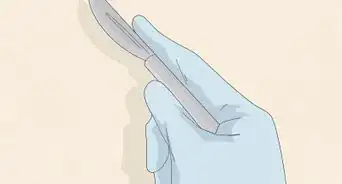
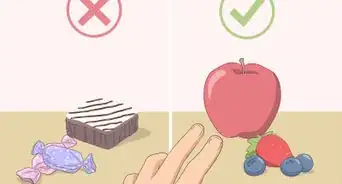





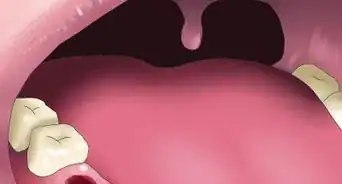



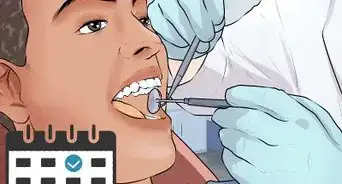
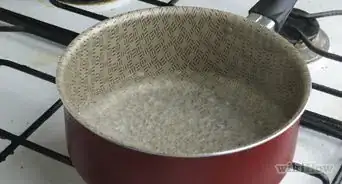







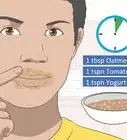

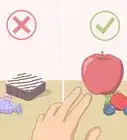




































Medical Disclaimer
The content of this article is not intended to be a substitute for professional medical advice, examination, diagnosis, or treatment. You should always contact your doctor or other qualified healthcare professional before starting, changing, or stopping any kind of health treatment.
Read More...